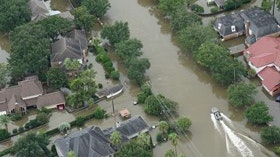Homepage
•
Learning Library
•
Blog
•
Schools weather Hurricane Harvey
Expand breadcrumbs
Expand breadcrumbs
- Learning Library
- Blog
- Schools weather Hurricane Harvey
- Homepage
- •
- Learning Library
- •
- Blog
- •
- Schools weather Hurricane Harvey
Schools weather Hurricane Harvey
By Jennifer Snelling
September 5, 2017








